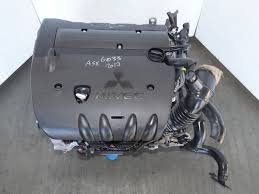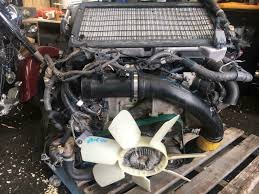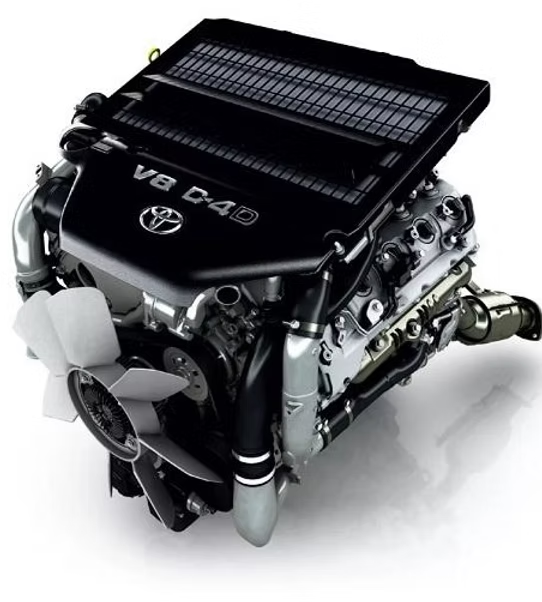Introduction – Why Engine Compression Matters
Engine compression is like the heartbeat of your vehicle — without it, nothing works the way it should. It’s what allows the air-fuel mixture inside your cylinders to ignite and push the pistons down, creating power. If compression drops, your engine becomes weak, inefficient, and in many cases, unusable. Check Engine Compression
Which is why engine compression check is so important. You would already know by doing a simple compression test if your engine is still good or not, or if already it’s time to talk about replacement. And here we come into the picture to make it easier for you: at , we offer quality-tested used and rebuilt engines at reasonable prices. Regardless of whether it is a Toyota Hilux, Mitsubishi Lancer, Isuzu D-Max, or Mercedes Sprinter that belongs to you, we have the perfect engine just ready to be delivered to you. Check Engine Compression
In this complete guide, we will consider everything that you should know from what is engine compression, how to check it, symptoms of low compression, and why our replacement engine is the best and most cost-effective in every way. Check Engine Compression
1. What is Engine Compression
But you have to know why a compression test is required prior to knowing what compression is.
As your pistons move up and down, they go through four strokes: intake, compression, power, and exhaust. During the compression stroke, the piston moves upwards and squeezes the air-fuel mixture into a small space. This squishes its pressure and temperature so that when the spark plug ignites it, the mixture burns efficiently and provides maximum power. Check Engine Compression
If too low, there is incomplete or poor combustion, and the engine suffers. Too high (less common but not unheard of) can result in knocking and engine damage. Check Engine Compression
Why It’s So Critical to Engine Operation
- Guarantees fuel being burned correctly
- Maintains your car’s power delivery in balance
- Makes fuel efficiency optimized
- Reduces the likelihood of misfires
- Reduces emissions
Compression is simply the breathing and working capacity of the engine. Without compression, the rest of the system will not function at its best. Check Engine Compression
2. Engine Compression Testing
Compression test is one of the simplest and most enlightening diagnostic tests you can run on an engine. It will indicate within a minute or two whether the interior parts of your engine — pistons, rings, valves, and gaskets — are sealing properly. Check Engine Compression
Tools You’ll Need
- Compression gauge (digital or analog)
- Spark plug socket and ratchet
- Extension bar for hard-to-reach plugs
- Well-charged battery
- Safety gloves
Step-by-Step Procedure
- Warm Up Engine – Drive the vehicle till it reaches operating temperature; warm seals seal tighter, providing good readings.
- Shut Down Safely – Switch off the engine and kill ignition/fuel systems (to avoid accidental start).
- Remove Spark Plugs – Remove them all so the engine will turn over freely.
- Insert Compression Gauge – Thread it into the first cylinder’s spark plug hole.
- Crank the Engine – Turn the key 5–7 seconds and watch the gauge rise.
- Record the Reading – Take down the PSI reading.
- Repeat for Each Cylinder – Check all readings for consistency.
3. Ideal Compression Readings
Most petrol engines should be 125–200 PSI with less than a 10–15% variation between cylinders. Diesel engines require more — 275–400 PSI.
If your cylinder is 20% below the best reading, chances are you’ve isolated the cause of your performance problem. Check Engine Compression
4. Symptoms You Should Check Engine Compression
Some symptoms signal compression problems without a gauge:
- Rough idle or shaking engine
- Hard starting, especially cold
- Power loss, poor acceleration
- High fuel usage
- Backfiring or popping
- Unusual white, blue, or black exhaust smoke
If you’re having any of these, a compression test should follow. Check Engine Compression
5. Low Engine Compression Reasons
Low compression can be caused by a number of mechanical failures:
- Worn Piston Rings – Permit air to leak past the piston.
- Faulty Valves – Burned, bent, or leaking valves permit pressure loss.
- Blown Head Gasket – Allows pressure to leak between cylinders or into coolant.
- Cracked Cylinder Head or Block – Severe damage typically requiring complete engine replacement.
- Timing Problems – Misaligned cam/crank position prevents valves from closing when they should.
6. Replace or Repair – The Smart Choice
Low compression puts you in a dilemma of repairing or replacing. Repairs almost always translate to engine removal, machining, and costly components. By the time you add up the labor charges, a replacement engine will cost you much less money. Check Engine Compression
This is the reason why thousands of motorists turn to us. Our engines are:
- Solid compression tested before sale
- Available for almost any make/model
- Shipped fast around the globe
- 70% cheaper than buying new
7. Why Buy Your Engine From Us
When your compression test indicates your engine is dead, you need a reliable source to obtain a replacement. Here’s why we’re unique:
- Quality Assurance – All engines are compression, oil pressure, and leak-down tested.
- Extensive Variety – Toyota, Mitsubishi, Isuzu, Mercedes, and more.
- Low-Mileage Imports – Especially Japanese engines.
- Expert Recommendation – We’ll install the same engine your car was factory-installed with.
- Global Shipping – Local orders to global delivery.
8. How We Test Our Engines Before Sale
We don’t skimp on quality. Each engine is tested for:
- Compression Health – To ensure every cylinder is to factory standards.
- Oil Pressure – To verify the lubrication system is in good working order.
- Leak-Down Testing – To verify seal integrity.
- Visual & Functional Inspections – Inspection for cracks, leaks, or worn-out parts.
Only successful engines in these tests are accepted into our inventory.
9. Case Study – From Low Compression to Full Power
One of our customers’ Mitsubishi Pajero arrived with extreme loss of power and excessive smoke. Compression test results:
- Cylinder 1: 85 PSI
- Cylinder 2: 120 PSI
- Cylinder 3: 80 PSI
- Cylinder 4: 130 PSI
Repair estimate: $3,200.
Replacement engine from us: $1,450 (tested, ready to go).
In a week, the Pajero was on the road again with its healthy, powerful engine. Check Engine Compression
10. Maintenance Tips to Keep Compression Strong
Now that you’ve had your engine replaced, keep it safe with these habits:
- Change oil and filter regularly
- Use good-quality fuel
- Keep cooling system in good condition
- Don’t overheat
- Change air filter in time
- Repair misfires at once
11. Frequently Asked Questions
Q: Is low compression drivable?
A: Not a good idea. The engine can seize and leave you stranded.
Q: Is a reconditioned engine reliable?
A: If it’s inspected over and is from a reputable source like ourselves — definitely.
Q: Do you offer warranty?
A: Yes, for your peace of mind, we offer warranty.
Q: Do you export?
A: Yes — we export globally.
12. Conclusion – Don’t Let Low Compression Hold You Back
A blown compression test is not the end — it’s an opportunity to restore your car’s power with a quality-tested replacement engine from us.
Whether you need a Toyota, Mitsubishi, Isuzu, Mercedes, or any other engine, we’ve got it in stock, tested, and shipped ready.
✅ Get a free quote today and get your car running like new.
✅ Worldwide shipping available.
✅ Engines ready to install with verified compression and performance.






Leave a Comment
Your email address will not be published. Required fields are marked *